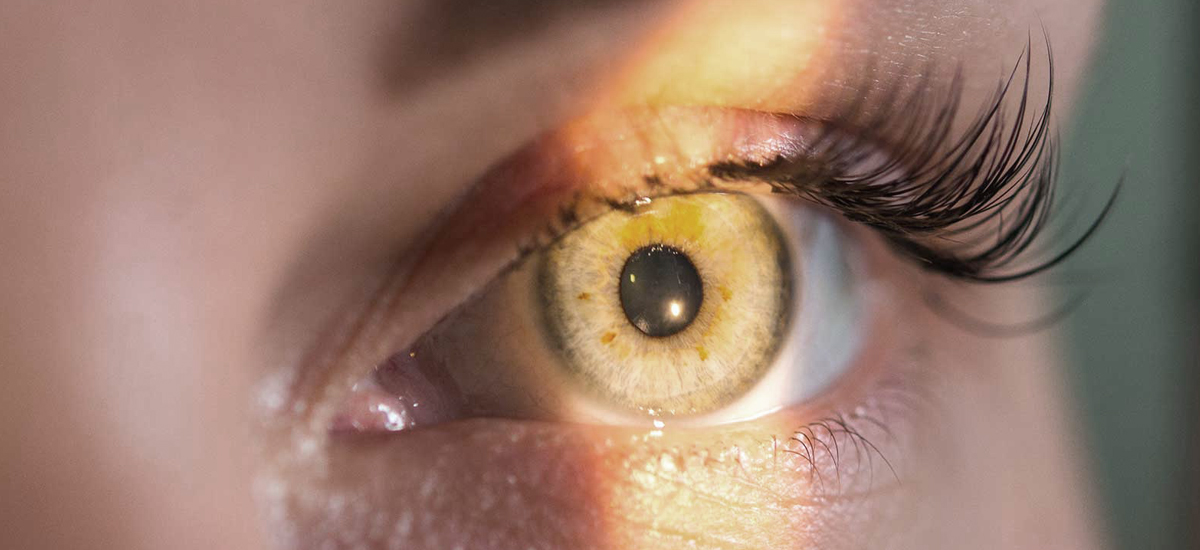How to Know When to Get Glasses for Astigmatism

If you are far or nearsighted, you may have an astigmatism, too. While the root cause of the vision condition is unclear, it can develop at as early as infancy and progress throughout your life.
An astigmatism diagnosis is nothing to fear, and it’s simple to correct with prescription lenses. Let’s start by discussing what astigmatism is.
What is astigmatism?
Astigmatism is a common refractive error caused by a misshaped cornea. When the cornea is shaped like an oval, versus a circle, it can disrupt the eyes’ natural curvature, which is responsible for directing light.
When the eyes curve correctly, they direct light to your retina (or behind your eye). If you have astigmatism and your cornea doesn’t curl the way it should, it’s unable to refract light the way it needs to. This may cause a variety of symptoms of astigmatism, including:
- Blurry vision
- Difficulty seeing at night
- Excessive squinting
- Eye strain
- Headaches during computer use
What level of astigmatism requires glasses?
Knowing how to correct astigmatism with glasses depends on the severity of your symptoms. Sometimes, vision correction isn’t necessary if your symptoms aren’t bothering you or if you don’t have any other refractive errors.
If blurry vision or eye strain are affecting your daily life, that is when to get glasses for astigmatism. Your doctor can prescribe you cylinder-shaped lenses to balance the light refraction. Most people receive single-vision lenses, but if you’re over forty, the eye doctor may prescribe bifocals.
If you are experiencing symptoms while wearing corrective eyewear, it is time contact your doctor for an eye exam to see if you need a new prescription.
Summary: How do you know when to get glasses for astigmatism?
Although many people have astigmatism, glasses aren’t always necessary, so it’s important to consult your optometrist to see what is right for you.
What are the main symptoms to know when to get glasses for astigmatism?
- If objects at any distance—far or near—are blurry
- If you have headaches
- If there is discomfort in your eyes
- If you’re squinting
- If you have trouble seeing at night
Glasses are the best way to correct astigmatism, so if you suspect you have it, see an eye doctor today.
Shop at For Eyes for your next pair of glasses
Show off your unique style and browse our wide variety of frames from your favorite brands for men, women and kids. Stop by your local For Eyes or order online at your convenience.











